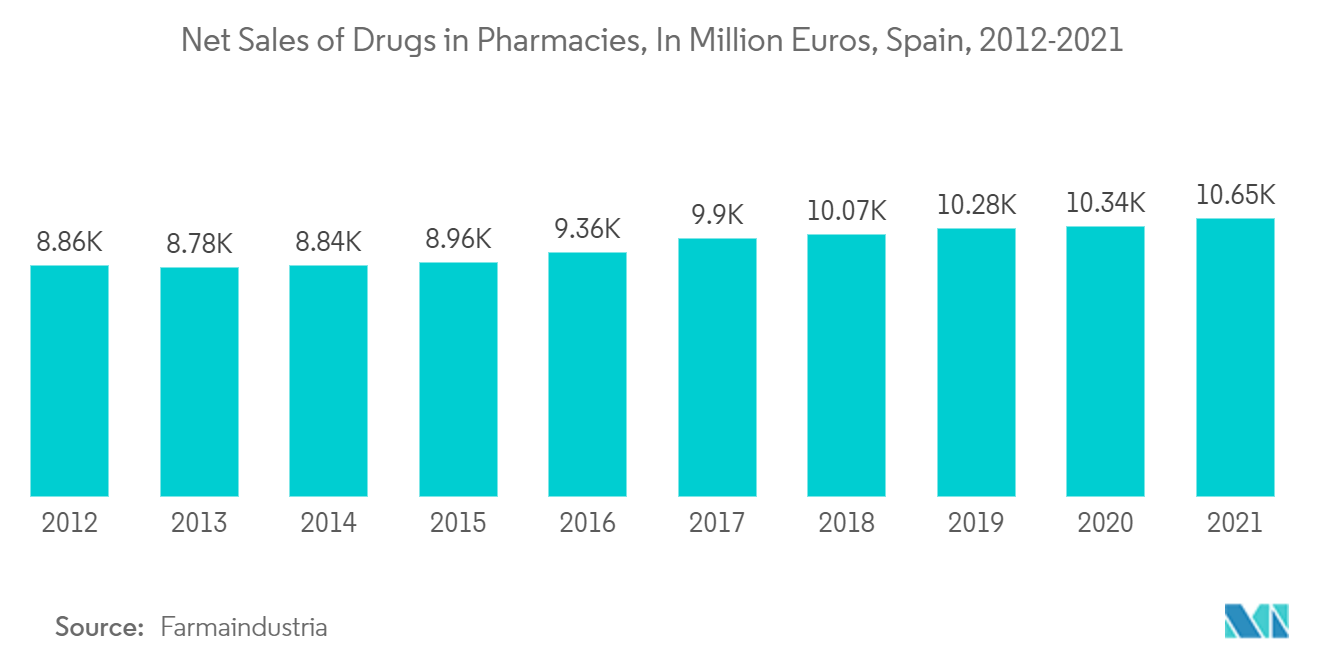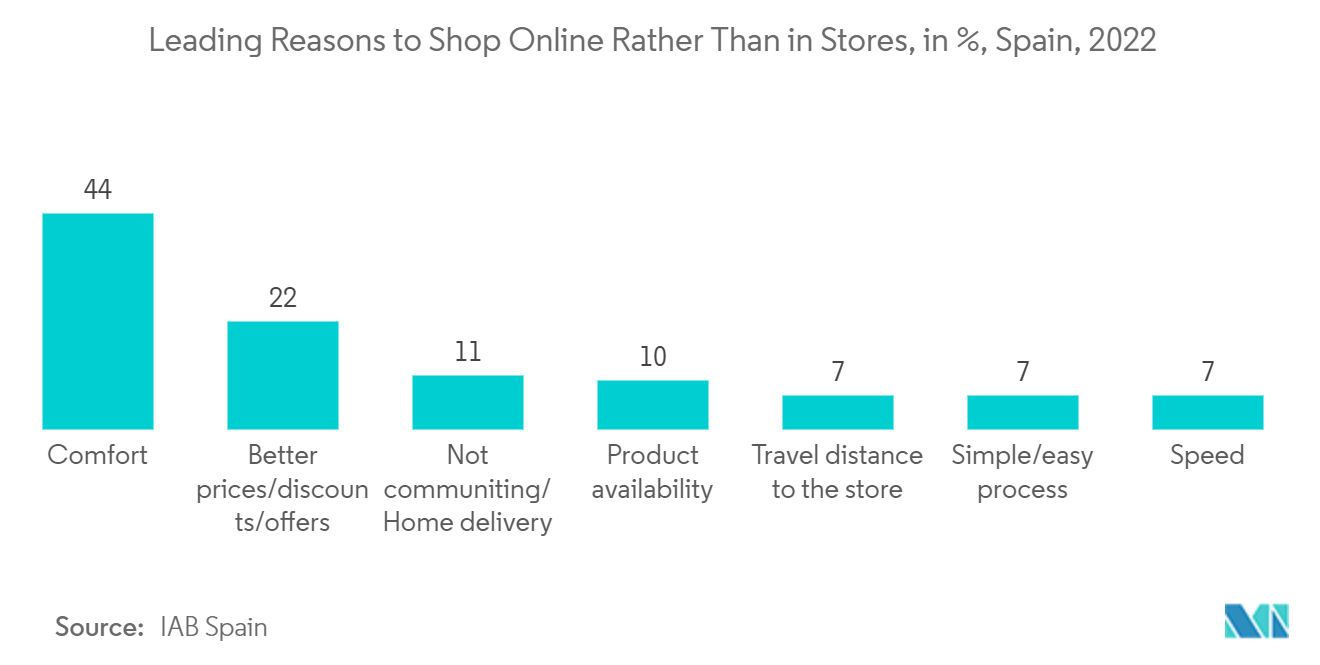Market Trends of Spain 3PL Industry
Growth in Refrigerated Logistics
In recent years the rise of e-commerce saw refrigeration spread to other areas that traditionally did not require refrigeration or, at the very least, did not need the most advanced solutions available. It is how cold logistics arises.
This transformation is still early, but it is already urgent since the logistics sector continues growing year after year in Spain. According to the industry association, this field attracted EUR 2,200 million (USD 2,409 billion) in investment, and the volume of contracting in the country reached 2,716,000 m2 in 2021, a historic result. In addition, according to the Ministry of Inclusion, Social Security and Migrations, this sector employs 981,606 professionals, data that places it as one of Spain's largest generators of employment.
Regarding the most common type of refrigerated product, the Association of Cold Storage, Logistics and Distribution of Spain (ALDEFE) indicates that it is fish (19.59%), followed by meat and vegetables. It, in the end, implies that, since the logistics operator is in charge of designing the best possible service to keep the product in perfect condition during its storage and distribution, they must include refrigeration professionals to guarantee the traceability of the product, its quality and the safety of the facilities and personnel from the point of view of cold. It means that supply chains must pay more attention to aspects closely related to the refrigeration of the product, such as the entry and exit temperature, humidity, the space between packages, the type of packaging, etc.

Increasing Demand for a Smart and Renewable Supply Chain
According to data from Spanish Government, during the first quarter of 2022, e-commerce in Spain exceeded the figure of EUR 15,600 million (just over USD 16 million). This figure represents a 25.3% higher billing than the same period in 2021 and reflects the highest year-on-year growth since Covid arrived. The transactions made in the first quarter of 2022 are also favorable. There were 312.8 million transactions, an 8.2% growth from the previous year.
In Spain, 51,2% of the population shopped online in 2021 (compared to 42.1% in 2019), and the number of e-commerce users is expected to reach 70% in three or four years. Moreover, the Spanish e-commerce sector grew from a share of 7.8% in 2019 (approximately EUR 24 billion or USD 26.29 billion) to 10.9% in 2021 (approximately EUR 33 billion or USD 36.15 billion). The recent global events played an important role in accelerating shopper adoption of digital channels.
The tendency towards digital was noticeable before the COVID-19 pandemic. Still, the lockdowns imposed throughout Spain sped up many changes in consumer behavior, among which the increased popularity of online and omnichannel shopping was particularly significant.
Consequently, customers hold values such as authenticity or diversity in high regard, and they expect increasingly personalized shopping experiences. That is one of the reasons why social media became more relevant in 2022, and social commerce started to gain more ground among Spanish shoppers.


